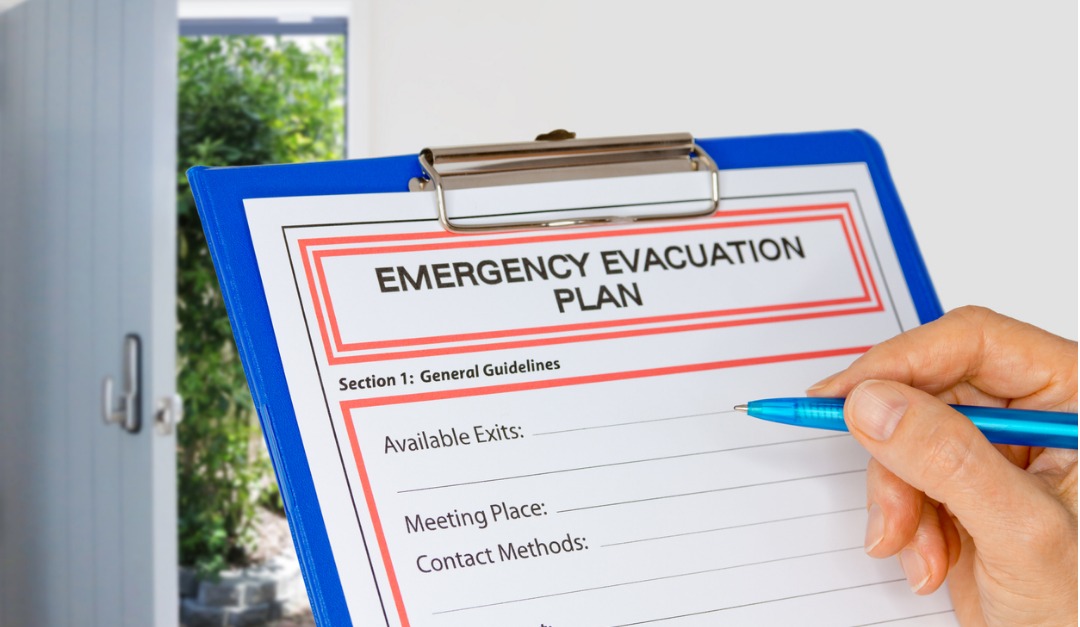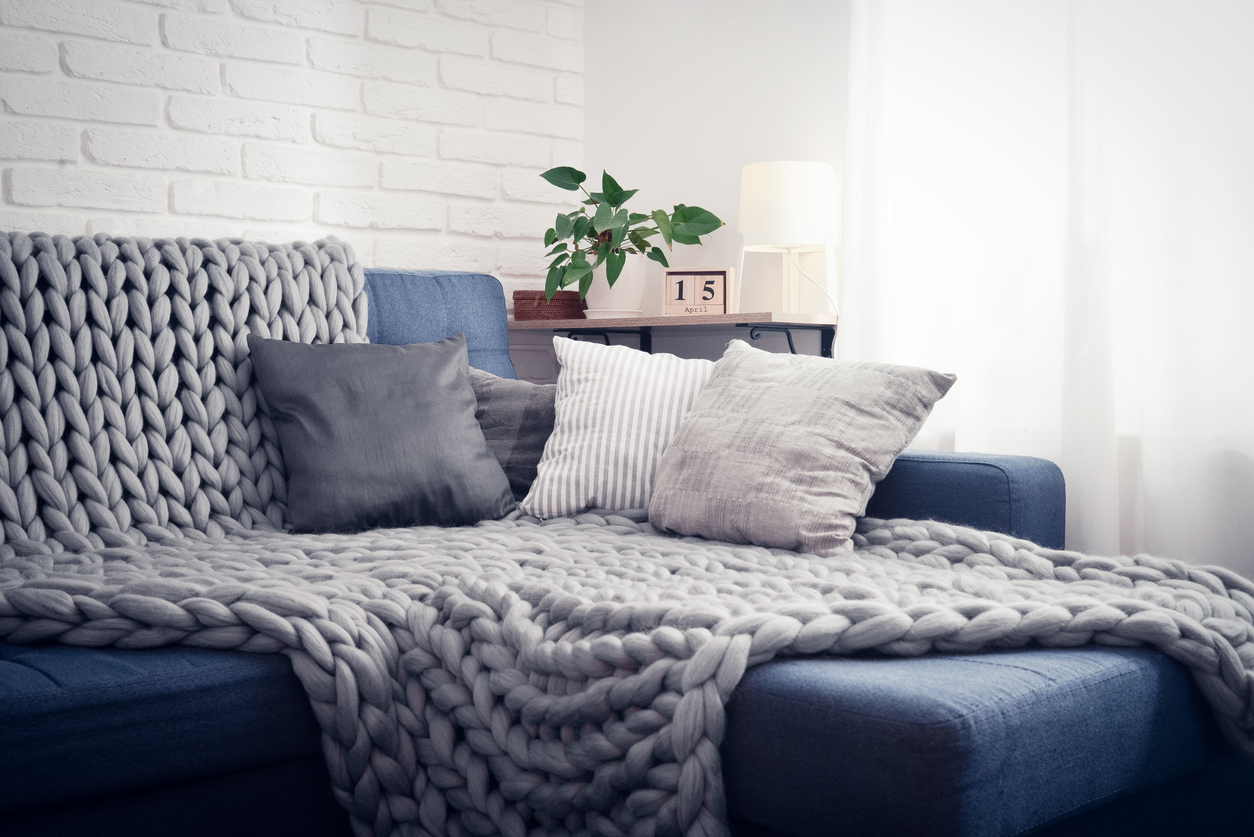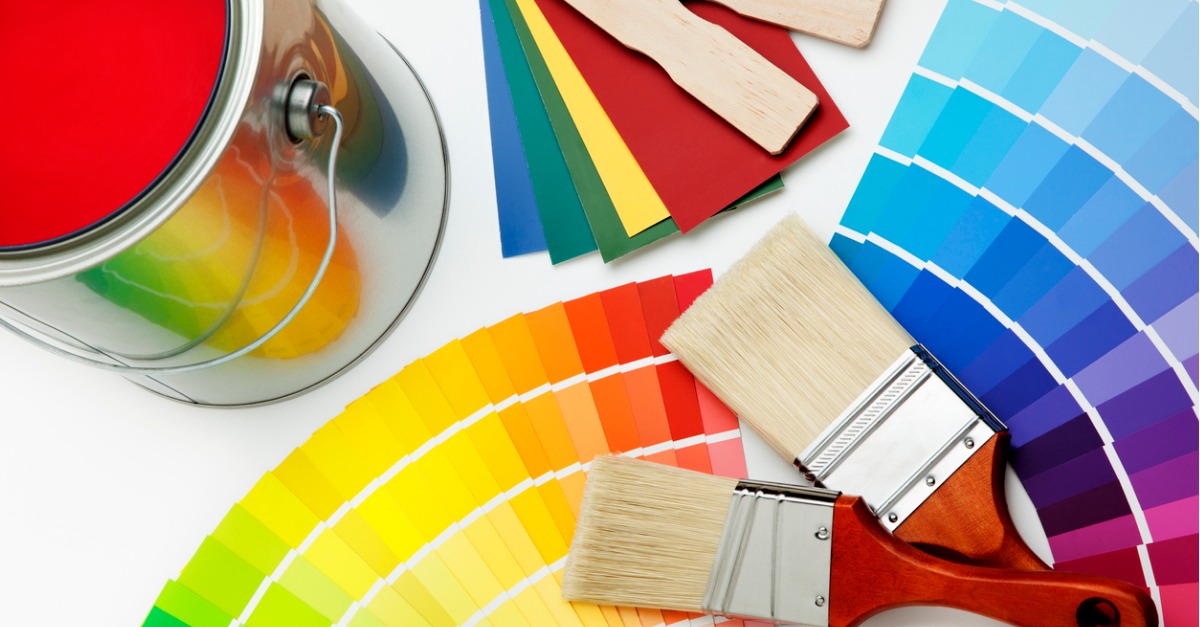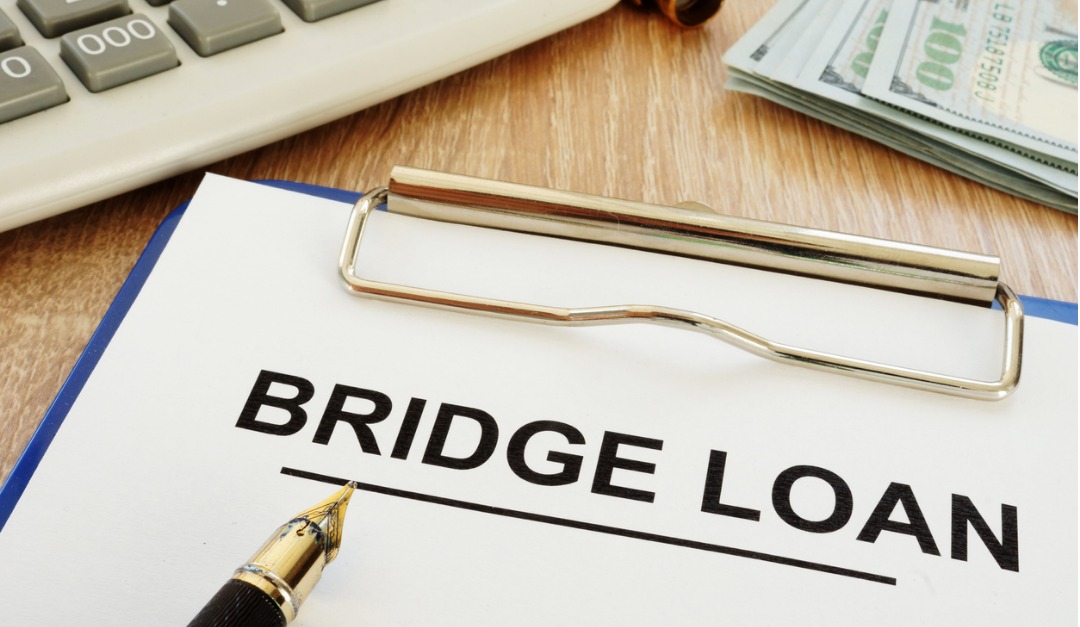
If a fire breaks out in your home, every second counts. Most people understand the importance of smoke alarms and how they can be lifesaving in the case of an emergency, but equally important is having a fire plan for your family so everyone knows what to do if a fire does break out.
The National Fire Protection Association offers guidelines that can help people put together a plan. Here are some things you should do:
First, gather your family and talk about how the most important thing to do if a fire breaks out is to leave the house immediately. Don’t run into a room to grab photos or a beloved heirloom. Don’t stop to find your sneakers. Just leave the house. Fire spreads quickly and even if flames haven’t gotten to the room where you want to save something, you could find yourself trapped.
A great thing to do is go through your home and look at all the possible exits and escape routes so you know what to do if you do wind up being trapped. Those with children should consider drawing a floor plan of your home, marking the ways out of each room.
Walk through your plan and check to make sure the routes are clear and doors and windows can be opened easily. You may think you have an easy out of a window, but if it’s stuck and won’t open easily, it could lead to disaster.
If there are infants, older adults or family members with mobility limitations in the house, make sure that someone is assigned to assist them in in the event of an emergency. And have a backup in case that person isn’t home if a fire were to break out.
For those with rooms on an upper level, having escape ladders is a good way to ensure that there will be a way out, even if the fire has permeated the floor. Practice setting up the ladder from a first-floor window to make sure you can do it correctly and quickly. And store it in a place that’s easy to get to (like under the bed) so you can find it right away if needed.
Choose an outside meeting place a safe distance in front of your home where everyone can meet after they’ve left the house so you know everyone is safe. And never go back in the home. Your mind might start thinking about that valuable vase or irreplaceable collectible, but your life is worth more than anything ever could be. Once out of the home, remain out and let the fire department come and do their job.
It’s a good idea to run a fire drill at least once a year so you can make sure everyone knows what to do and there will be less uncertainty if a future fire event does happen.








